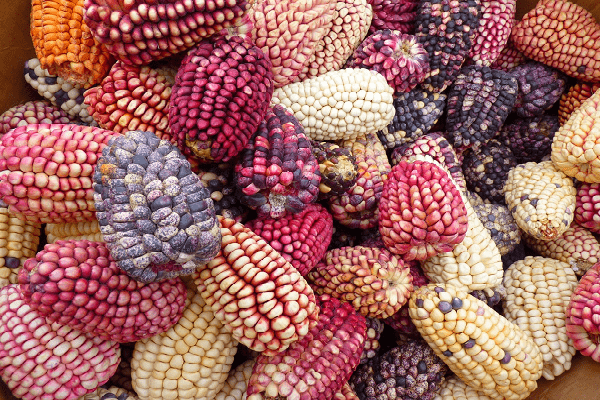Medicine questions >>>> Phenotype - what is it?
Phenotype - what is it?

When people talk about natural diversity, they mean that all living organisms (including animals, plants, fungi, bacteria, protozoa and viruses) have a different genetic makeup. That is, each representative of living nature, regardless of the stage of its development, has its own genotype - a unique selection of genes (unique combination) that determines:
- his belonging to the world of animals, the world of plants, the world of fungi, the world of bacteria, the world of viruses, etc.;
- his belonging to a certain group (family, genus, species) in his category;
- belonging to a different gender;
- individual differences in the cellular structure of the body.
The genotype is formed in the process of evolution under the influence of the environment and natural selection. The genotype rarely changes naturally.
When they talk about the phenotype, they mean the differences between representatives of living nature, which occur only under the influence of the environment. Such changes do not radically change the genetic code, that is, they do not contribute to the transition of a representative of living nature from one species to another (an animal will not turn into a plant, a bacterium into a virus, a fungus into an insect), but with a conventionally the same genotype (conventionally, because each a representative of the living world is genetically unique, exists in the singular) the phenotype can change:
- Morphologically - to have differences in the cellular structure, visible differences (external and internal),
- Physiologically - to have differences in functioning,
- Biochemically - to change chemical reactions in the body (quantitative and qualitative characteristics),
- Physically - to have differences in capabilities,
- Psychologically - to change motivation and behavior.
The phenotype determines external differences (for example: size, color, shape) and qualitative differences (for example: health or illness, differences in character and behavior).
How are phenotype and genotype related? Genotype is uniqueness. The phenotype is uniqueness with the possibility of change.
With the same phenotype, there may be a different genotype. For example, plants and animals are green; men and women can be blond; men and women can lift the barbell, that is, have the same physical capabilities with different genetic characteristics associated with gender; genetically different people have the same disease symptoms.
With the same genotype, there may be a different phenotype. For example, Angora rabbits have different colors; dogs of the same breed can vary in size; people can have different eye colors; people can sunbathe to varying degrees; people have different blood types; two people may have different course of the flu; people can react to stress in different ways.
Phenotyping is the process of identifying patterns of changes in the properties of an organism when exposed to various external factors. Phenotyping is of interest to science, as it creates a variety of variability in the state of the organism, which is very important in the diagnosis and treatment of diseases.

Read

Read



























